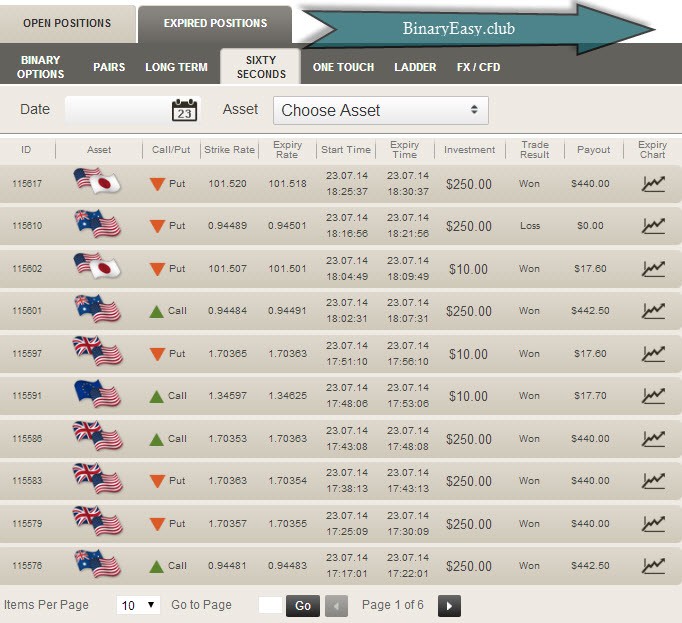Volume and its Meaning Stock Trading To Go
Post on: 11 Июнь, 2015 No Comment

Volume is one of the most basic and beneficial concepts to understand when trading stocks. Volume is defined as, the number of shares or contracts traded in a security or an entire market during a given period of time. What this means is that each time a person sells or buys shares of a stock, that is considered volume.
Tallying volume is done by the market exchanges and reported via every major financial website. To tally volume, simply add the traded shares for each order on the fly. For example:
- Trader 1 Buys 100 shares of stock
- Trader 2 Buy 500 shares of stock
- Trader 3 Sells 1000 shares of stock
Total volume is then 1,600 shares for this sequence. Again volume increases regardless if it is a buy or sell order.
It is not uncommon for stocks to trade millions of shares per day. For example, the S&P 500 ETF (SPY) trades on average over 150 million shares per market session. This is literally Billions of dollars worth of stock changing hands every day the market is open. On the other hand, smaller company stocks, known as penny stocks, might trade only a few thousand shares in a given day.
Benefits of Tracking Volume
By understanding what volume is and how it is tracked, we can use this knowledge to help us make better informed trading decisions. There are two key benefits to tracking volume:
- Support and Resistance Throw one pebble at a glass window and it may not crack or break, but throw 100 of different sizes and the chances of a break are far greater. Applying this to stocks, if one investor places an order to buy 100 shares of stock at the current Ask price, the stock may not move up. But, if 20 investors all place buy orders of different quantities, the stock is most likely going to move up in price because there are not enough sellers. Bottom line, to break through a key support or resistance level on a stock chart. volume is needed in quantity.
- Average Daily Volume By knowing the total volume on a day, you can understand the power of influence on a given stock. The greater the volume, the greater the influence for the price to change. This allows us to identify accumulation and distribution days on a stock chart which can be used to identify current momentum and predict future price movements.
Learning to identify volume trends and count accumulation or distribution day strings on a stock chart does take practice. But, when applied correctly it is can give the investor a huge advantage in obtaining profits.
Further Reading:














